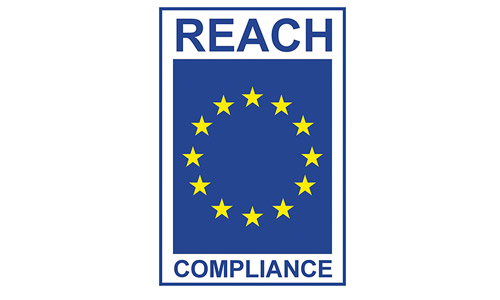Customs Authorities Reject 11% of Commercially Imported Fashion Jewelry Due to Hazardous Materials
In 2023, Finnish Customs rejected 11% of commercially imported fashion jewelry made out of non-precious metals due to excessive levels of cancer-causing cadmium, toxic lead, and allergenic nickel found in pieces made from non-precious metals. Similar issues with jewelry imported from outside Europe were already familiar to Customs officials.
Finnish Customs thoroughly examined 152 fashion jewelry items imported into Finland in 2023, focusing on heavy metal concentrations in necklaces, rings, earrings, bracelets, and hairpins sold for example in supermarkets. As a result, 11% of the inspected jewelry exceeded the prescribed limits of cadmium, lead, or nickel, leading to Customs rejecting their entry into Finnish stores.
All 17 rejected batches originated from outside Europe, particularly from China and India. Additionally, two pairs of earrings were flagged for having cadmium levels near the risk threshold, prompting Customs to issue warnings to their importers.
Heavy metals pose a risk to users
Fashion jewelry made from materials other than precious metals or steel undergoes yearly safety inspections by Customs, revealing regular findings of health-hazardous products. High concentrations of heavy metals pose various serious health risks to users. Jonna Neffling, the Head of Product Safety, expressed that the decision to include fashion jewelry, commonly referred to as “fake” jewelry, in their monitoring was based on previous years’ experiences. While they anticipated problems, increased scrutiny revealed a growing number of non-compliant products.
Nickel, familiar to many jewelry wearers, can cause quick-onset contact allergies. On the other hand, cadmium and lead accumulate in the body over time, with their harmful effects manifesting in the long term. Lead can negatively impact human development and reproduction, while cadmium is a cancer-causing heavy metal.
Samples selected by the Customs undergo thorough analysis at the Customs Laboratory, focusing on nickel release upon skin contact and total amounts of lead and cadmium. Rapid testing methods enable a preliminary assessment of multiple products within a short timeframe. If initial tests indicate potential issues, more detailed analyses are conducted.
Authorities call for EU REACH compliance
EU legislation defines general limits for health-hazardous metals, including lead, cadmium, and nickel. Products imported into Finland must comply with these limits set by the EU’s REACH regulation, and Customs monitors compliance during the import process. Ultimately, the responsibility for the safety of jewelry lies with the producer, with authorities ensuring adherence to regulations.
Finnish Customs remains vigilant in overseeing the safety of commercially imported products, sampling products from importers’ warehouses, and conducting risk-based inspections. Meanwhile, products already in circulation on the Finnish market are monitored by the Finnish Safety and Chemicals Agency (Tukes). Consumers need to be aware of potential risks, especially when making online purchases, as these fall outside the scope of official oversight.






